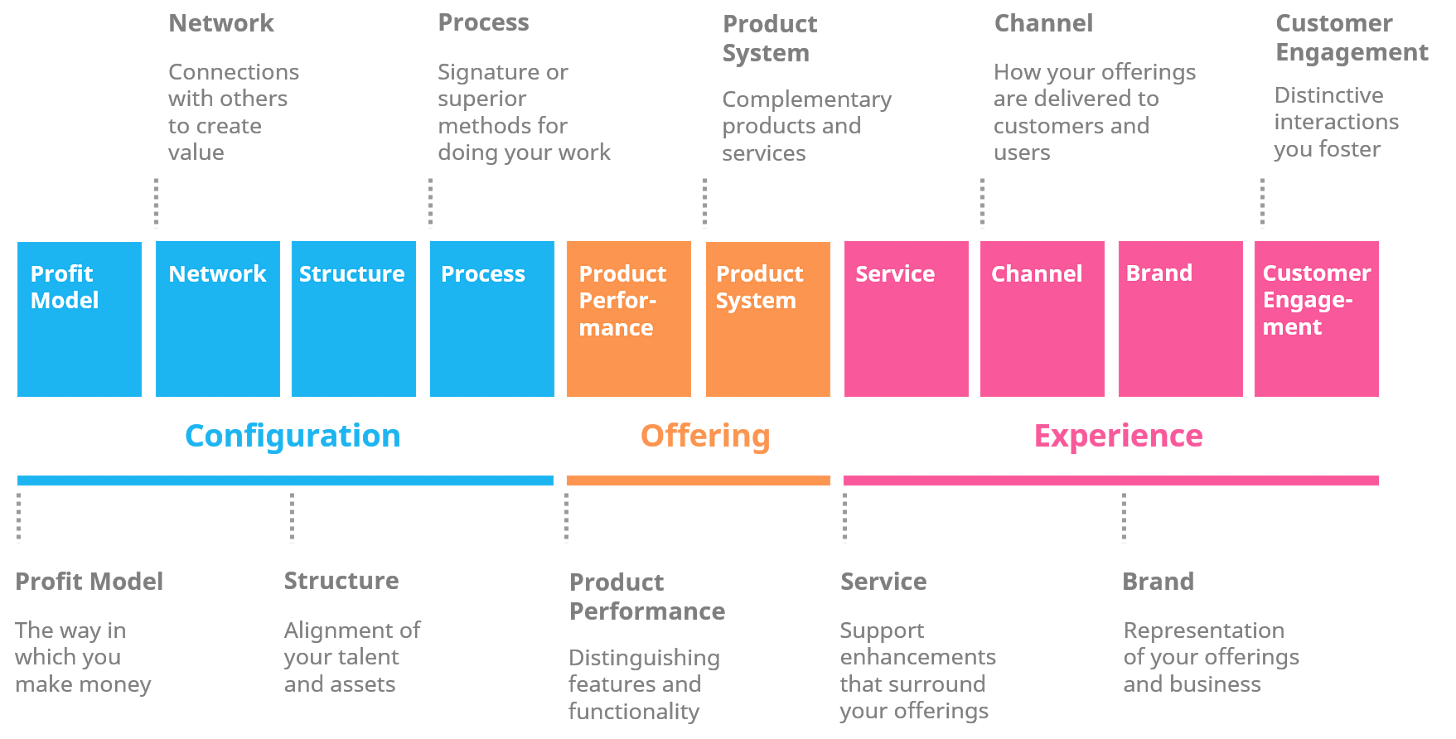Summary
“Innovation is a team sport. In fact, an organization that depends on individual innovators alone is destined to fail.”
Larry Keeley
There are lots of ways to innovate.
Associations serve – and offer value for – a particular niche: home health aids, air conditioning contractors, or school librarians. People pay money for benefits: to be in the loop on industry trends, to gain support and learn from colleagues, or to move the needle on important, hard-to-solve problems.
Like any organization, associations struggle to innovate. The world is rapidly changing and we have competing priorities, stretched capacity, and tight budgets.
This article addresses how associations can get in the innovation game. This is more than riding a trend wave, generating ideas, or setting goals. It’s part mindset, part shared vision, and part shared will to allocate resources and focus on a few key areas.
I lead the product community, a product development learning community designed specifically for associations. Let’s compare ideas and build something great.
What is Innovation?
“Innovation is not optional.”
Larry Keeley
Despite the overuse and misuse of the word, innovation is rare. Our day-to-day schedules are packed and we have competing priorities and fires to put out. Creating a system to manage our complex organizations is difficult enough; how do we find the time, resources, or courage to innovate?
Innovation is the process of introducing new ideas, methods, products, or technologies that create value and solve problems more effectively than existing solutions. Two ways we often get innovation wrong:
Exaggeration. Labeling incremental improvements as groundbreaking innovations. Orgs can fall into the trap of rebranding minor updates or cosmetic changes as innovative to create marketing buzz.
Shiny object syndrome. Treating innovation as an end goal rather than a means to solve real problems. Some organizations pursue innovation for its own sake, generating flashy but impractical solutions that don't address genuine member needs or create meaningful impact.
Yes, innovation is rare, especially for organizations that struggle to keep pace with the day-to-day. However, once we see the possible ways to innovation, the prospect of getting in the game becomes achievable.
Ten Types of Innovation
“Our ambition is to make innovation a systematic approach, moving the field from a mysterious art to more of a disciplined science.”
Larry Keeley
The Ten Types of Innovation framework comes from the book Ten Types of Innovation: The Discipline of Building Breakthroughs by Larry Keeley. The framework provides a way to think about, identify, and embed innovation into their organizations by helping teams know what to do when the stakes are high, time is short, and money is tight.
The solution is to explore the ten powerful types of innovation, which can be combined for competitive advantage. The book lays out fresh ways to think, and then explains the actions that help teams to innovate reliably and repeatedly.
Starting from the left in the below graphic (in blue), configuration innovation covers the internal workings of the organization and its business model. Offering innovation (in orange) covers the key aspects of the products and/or value an association offers. On the right are the outward facing elements of the organization, also known as the whole customer experience (on the right in pink).
Let’s take a look at the ten types with association-specific examples.
Configuration Innovation (Internal Structure)
Profit Model. How an association creates, captures, and delivers value. Example – Transitioning from traditional membership dues to a tiered pricing model with different levels of benefits and access to resources.
Network. How you connect with others to create value. Example – Developing strategic partnerships with complementary professional organizations to expand networking and resource-sharing opportunities.
Structure. How you organize and align your internal capabilities. Example – Implementing a collaborative organizational structure that allows for more flexible cross-functional teams and knowledge sharing.
Process. How you design, execute, and improve core operational activities. Example – Creating a standardized, digital workflow for member onboarding, certification, and continuing education tracking.
Offering Innovation (External Value)
Product Performance. How you develop distinctive features and functionality. Example – Designing a comprehensive online learning platform with interactive modules, personalized learning paths, and real-time industry updates.
Product System. How you create complementary products and services. Example – Developing an integrated ecosystem of resources including conferences, webinars, publications, and networking tools that work seamlessly together.
Experience Innovation (Customer Interaction)
Service: How you support and enhance the value of your offerings. Example – Providing personalized member support through AI-powered chatbots, dedicated relationship managers, and proactive outreach programs.
Channel: How you deliver your offerings. Example – Creating a hybrid event model that combines in-person and virtual networking, allowing members to connect regardless of geographical constraints.
Brand: How you represent your organization. Example – Developing a strong, consistent, and focused brand narrative that showcases the association's mission, impact, and unique value proposition across all communication platforms.
Customer Engagement: How you foster meaningful interactions and deep connection. Example – Implementing an interactive community platform where members can collaborate, share insights, mentor each other, and co-create industry knowledge.
Each innovation type offers opportunities to differentiate, provide focused member value, and stay competitive in a rapidly changing world. By exploring and implementing innovations across these dimensions, associations can create more dynamic, responsive, and member-centric organizations.
Growing Your Innovation Muscle
“Relentless practice creates a database of experience that you can draw upon to make more enlightened choices.”
Tom Kelley
The Ten Types framework is both versatile and practical. It can help associations think creatively about innovation.
This article emphasized the importance of making choices in how and in what ways we can innovate. Trying to be all things to all people will only result in unfocused offerings, frustrated members, and a burned-out staff. It is much better to create focus, do fewer things, and create deep and long-lasting relationships with members hungry for connection and impact.
Innovation takes commitment and practice. It almost never fails due to a lack of creativity. It’s almost always because of a lack of discipline.
I lead the product community; we are a learning community because we believe great relationships help us create the value our members want. Remember, product-led growth fuels connection. Join the product community and flip your destiny.
About the Author
James Young is founder and chief learning officer of the product community®. Jim is an engaging trainer and leading thinker in the worlds of associations, learning communities, and product development. Prior to starting the product community®, Jim served as Chief Learning Officer at both the American College of Chest Physicians and the Society of College and University Planning. Please contact me for a conversation: james@productcommunity.us






